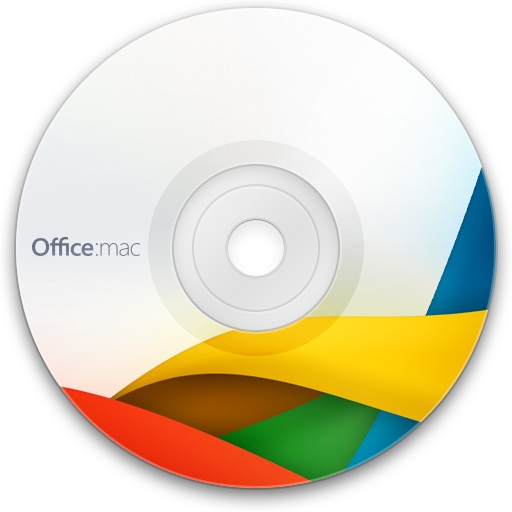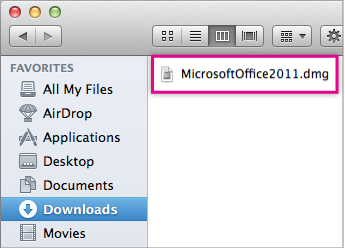

- #Microsoft office mac 2011 dmg for mac#
- #Microsoft office mac 2011 dmg software license#
- #Microsoft office mac 2011 dmg install#
- #Microsoft office mac 2011 dmg software#
The following information is provided as a courtesy. Valencia College does not provide support for personal devices.
#Microsoft office mac 2011 dmg software#
Register your Microsoft Office software.Confirm that you want to create the certificate.Name the Certificate Office365 and click create.Click on keychain access and select certificate assistant.If you encounter issues using Microsoft Office on your Mac device you may try the following: If you've reach this window, Congratulations! You have successfully installed Microsoft Office 365!!.Enter your Atlas Username and Password to continue to activate Microsoft Office 365. Enter your Valencia College Email address in the following Within the same window, Atlas Login will appear. A prompt will ask you to provide an Email Address.On the next window, Click Sign In to activate. Once Microsoft Word is Open, it'll provide you with new features added.Open up Launchpad from your Dock, then Click and Open on Microsoft Word.
#Microsoft office mac 2011 dmg install#
Below this version of the mac os, it won’t support to install this Microsoft to install or for the further use this Microsoft version was released on.
#Microsoft office mac 2011 dmg for mac#
This Microsoft office for mac 2011 is only compatible with Mac OS X 10.5.8 users or for the more the 10.5.8 version.
#Microsoft office mac 2011 dmg software license#

So in my case, it returns "en" since the en.lproj directory is the only one in "Resources" and it takes that and removes the. lproj part, and uses that as the result to echo back. lproj folder inside the Resources directory, and extracts the name minus the. LANGPATH=$(find "/Applications/Microsoft Office 2011/Microsoft Word.app/Contents/Resources" -name *.lproj) If you're going to script it, you may want to try the following instead. So I'm at a loss to provide any kind of more "proper" way to pull this info. Something tells me there is a better way to get this information, but then, I looked at some of the Office plists and I'm not seeing anything anywhere where the installed language is listed. LANGUAGE="Not installed (Folder does not exist)" For some reason Microsoft is not using the ISO 3166-1 alpha-2 two letter country code so you might need to verify which language code fits to your actual language. I am now checking for an existing folder which contains a two letter country code of the installed version, put into a script, added it as an extension attribute and used it for a smart group. There is a post on Jamf where it states to use a PLIST entry but this returns EN, even if spanish language is installed.


 0 kommentar(er)
0 kommentar(er)
